Navigating the intricacies of a narrative can often feel like threading needles in the dark, especially when the world you’ve built seems to lack the vitality it deserves. This is a challenge many writers face, a common dilemma that can make even the most intricately crafted settings feel stubbornly inert on the page. Yet, overcoming this obstacle is not only possible but also immensely rewarding.
The essence of a setting transcends mere geography; it is a vibrant tapestry woven from your characters’ myriad interactions with their surroundings. This tapestry becomes enriched when it engages all the senses—sight, sound, smell, touch, and taste—bringing forth a multidimensional universe where readers can lose themselves. Utilizing proper nouns and specific details grounds the experience, providing tangible anchors in this world you’re inviting readers to explore.
Consider the timeless worlds created by authors like J.R.R. Tolkien. In The Lord of the Rings*, Middle-earth is not just a backdrop for the characters’ adventures; it is a living, breathing entity. The rolling hills of the Shire, the haunting forests of Lothlórien, and the desolate plains of Mordor are described with such vivid detail that they become characters in their own right. Tolkien’s meticulous attention to sensory details immerses readers in his world, making every leaf, stone, and shadow feel palpably real.
To achieve a similar effect, let the environment unfold through the eyes and emotions of your characters. The description should become dynamic and integral to the narrative rather than static and separate. For instance, don’t just describe the sights when your protagonist walks through a bustling market. Let the reader hear the cacophony of voices, smell the exotic spices, feel the rough textures of woven baskets, and taste the tang of fresh fruit on their tongue. This sensory richness creates a fuller, more immersive experience.
Reflect on your own experiences and observations. Think about a moment that left a strong impression on you. Perhaps it was a walk through an old forest, where the scent of pine needles and the sound of rustling leaves transported you to a place of serenity and wonder. Or maybe it was a busy city street, where the blend of different cuisines wafting through the air and the hum of urban life created a sense of excitement and possibility. These personal reflections can be woven into your narrative, adding authenticity and depth.
Humor and irony can also add layers to your storytelling, enriching the reader’s experience. Imagine a character who prides themselves on their culinary expertise, only to find themselves overwhelmed by the sheer variety of unfamiliar spices in an exotic market. Their sensory overload and subsequent humorous mishaps can endear them to the reader while simultaneously bringing the setting to life.
Maintaining a rhythm in your narrative is crucial. Balance description with action and reflection with momentum. Too much description can bog down the story, while too little can leave it feeling thin and unconvincing. Strive for a rhythm that invites the reader to engage deeply with the events and their implications. This balance ensures that your setting remains a living, breathing part of your story rather than a static backdrop.
Incorporating all these elements can transform your narrative from a series of events happening in a vague somewhere to a rich, immersive experience that resonates with readers. The vitality of your story world depends on the authenticity of human interactions and the sensory richness of the environment. By focusing on these aspects, you can create a setting that pulses with life, drawing readers into the heart of your narrative.
In summary, bringing life to your story world requires more than just detailed descriptions. It demands a deep connection between the characters and their environment, a sensory richness that engages the reader on multiple levels, and a rhythm that balances action with reflection. By weaving these elements together, you can create a dynamic and immersive narrative, making your story world as vivid and compelling as its characters.
We Don’t Want to Write the Laws; We Want to Publish the Books
We Believe in the Power of Authors Short Video: https://bit.ly/45z6mvf
Writers Reshape the World Short Video: https://bit.ly/47glKOg
Bringing Your Book to Market Booklet: https://bit.ly/2ymDVXx
Bringing Your Book to Market Short Video: https://bit.ly/3Q3g2JD



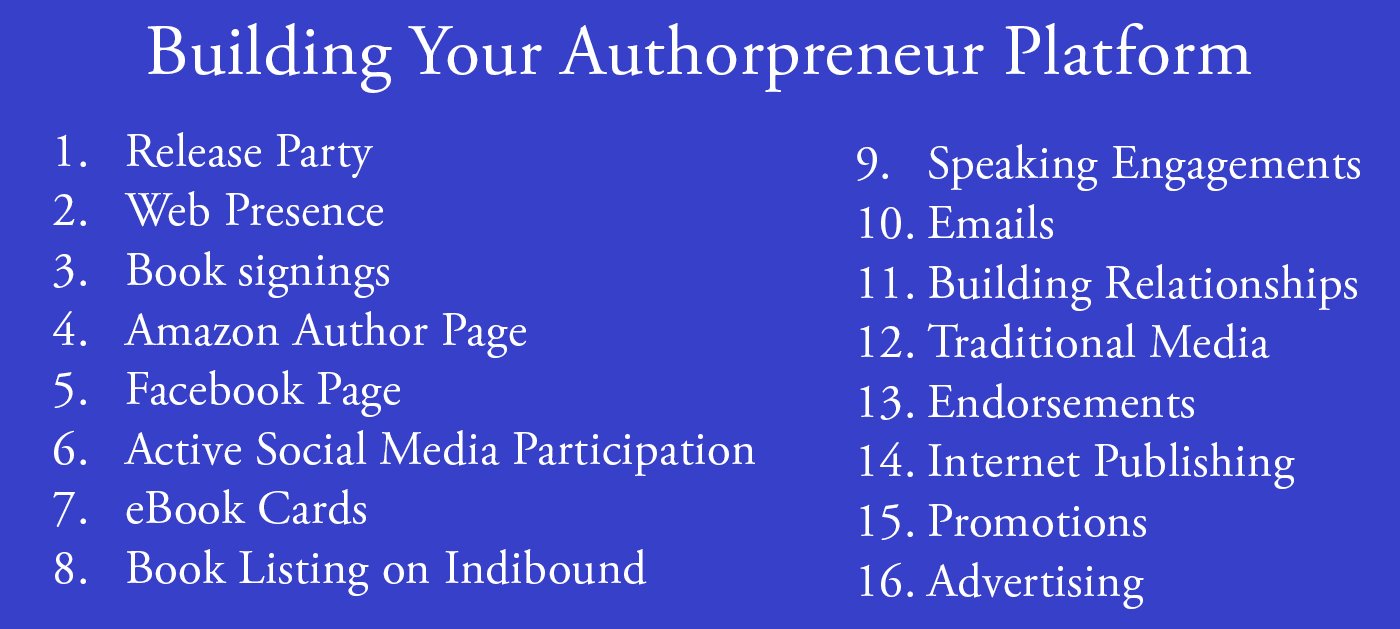
 This is Publication Consultants’ motivation for constantly striving to assist authors sell and market their books. Author Campaign Method (ACM) of sales and marketing is Publication Consultants’ plan to accomplish this so that our authors’ books have a reasonable opportunity for success. We know the difference between motion and direction. ACM is direction! ACM is the process for authorpreneurs who are serious about bringing their books to market. ACM is a boon for them.
This is Publication Consultants’ motivation for constantly striving to assist authors sell and market their books. Author Campaign Method (ACM) of sales and marketing is Publication Consultants’ plan to accomplish this so that our authors’ books have a reasonable opportunity for success. We know the difference between motion and direction. ACM is direction! ACM is the process for authorpreneurs who are serious about bringing their books to market. ACM is a boon for them. Release Party
Release Party Web Presence
Web Presence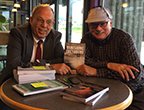 Book Signings
Book Signings Facebook Profile and Facebook Page
Facebook Profile and Facebook Page Active Social Media Participation
Active Social Media Participation Ebook Cards
Ebook Cards The Great Alaska Book Fair: October 8, 2016
The Great Alaska Book Fair: October 8, 2016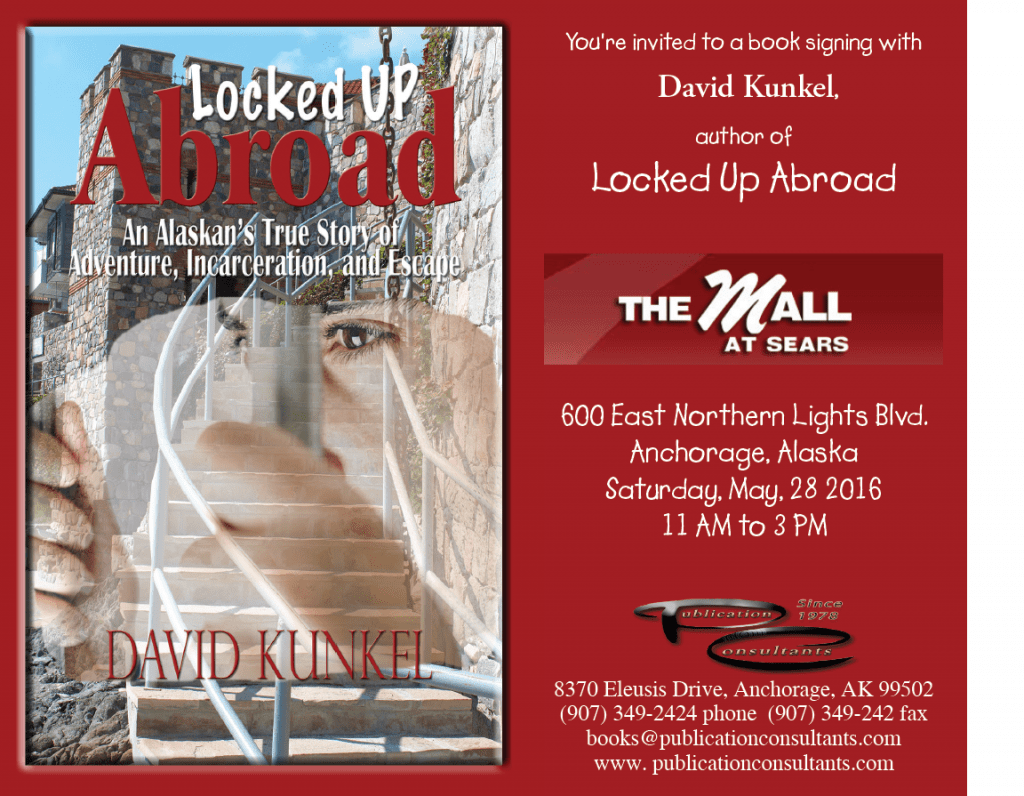


 Costco Book Signings
Costco Book Signings eBook Cards
eBook Cards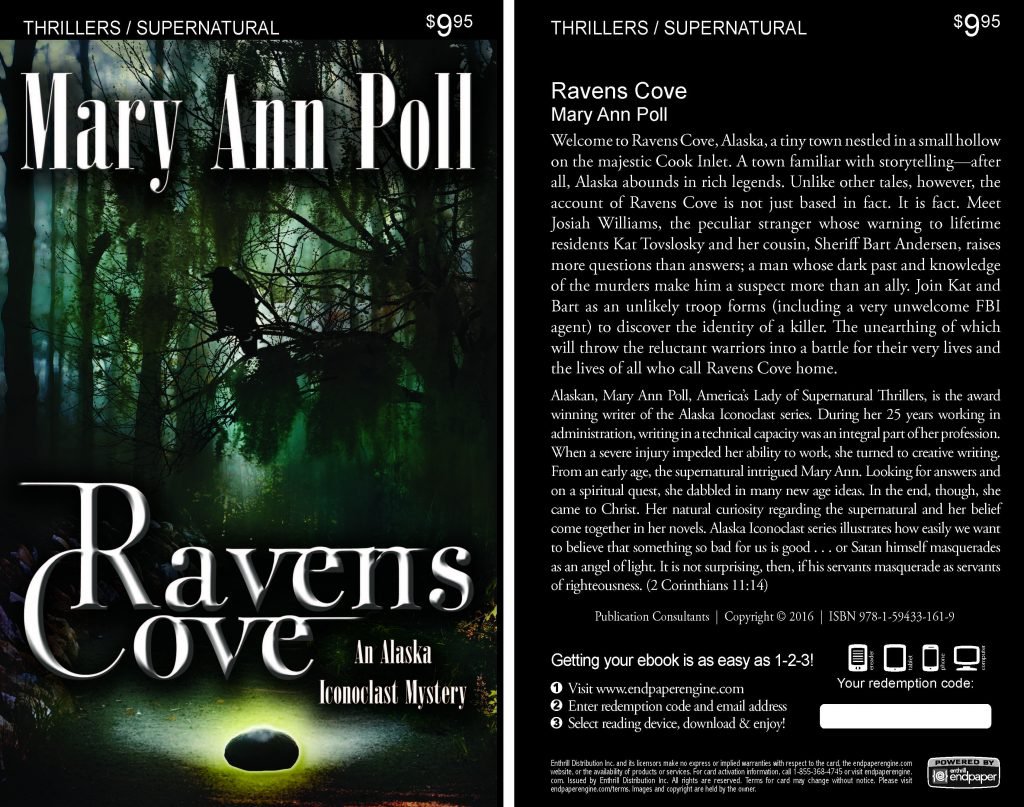

 Benjamin Franklin Award
Benjamin Franklin Award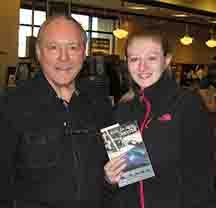 Jim Misko Book Signing at Barnes and Noble
Jim Misko Book Signing at Barnes and Noble
 Cortex is for serious authors and will probably not be of interest to hobbyists. We recorded our Cortex training and information meeting. If you’re a serious author, and did not attend the meeting, and would like to review the training information, kindly let us know. Authors are required to have a Facebook author page to use Cortex.
Cortex is for serious authors and will probably not be of interest to hobbyists. We recorded our Cortex training and information meeting. If you’re a serious author, and did not attend the meeting, and would like to review the training information, kindly let us know. Authors are required to have a Facebook author page to use Cortex. Correction:
Correction: This is Publication Consultants’ motivation for constantly striving to assist authors sell and market their books. ACM is Publication Consultants’ plan to accomplish this so that our authors’ books have a reasonable opportunity for success. We know the difference between motion and direction. ACM is direction! ACM is the process for authors who are serious about bringing their books to market. ACM is a boon for serious authors, but a burden for hobbyist. We don’t recommend ACM for hobbyists.
This is Publication Consultants’ motivation for constantly striving to assist authors sell and market their books. ACM is Publication Consultants’ plan to accomplish this so that our authors’ books have a reasonable opportunity for success. We know the difference between motion and direction. ACM is direction! ACM is the process for authors who are serious about bringing their books to market. ACM is a boon for serious authors, but a burden for hobbyist. We don’t recommend ACM for hobbyists.

 We’re the only publisher we know of that provides authors with book signing opportunities. Book signing are appropriate for hobbyist and essential for serious authors. To schedule a book signing kindly go to our website, <
We’re the only publisher we know of that provides authors with book signing opportunities. Book signing are appropriate for hobbyist and essential for serious authors. To schedule a book signing kindly go to our website, < We hear authors complain about all the personal stuff on Facebook. Most of these complaints are because the author doesn’t understand the difference difference between a Facebook profile and a Facebook page. Simply put, a profile is for personal things for friends and family; a page is for business. If your book is just a hobby, then it’s fine to have only a Facebook profile and make your posts for friends and family; however, if you’re serious about your writing, and it’s a business with you, or you want it to be business, then you need a Facebook page as an author. It’s simple to tell if it’s a page or a profile. A profile shows how many friends and a page shows how many likes. Here’s a link <> to a straight forward description on how to set up your author Facebook page.
We hear authors complain about all the personal stuff on Facebook. Most of these complaints are because the author doesn’t understand the difference difference between a Facebook profile and a Facebook page. Simply put, a profile is for personal things for friends and family; a page is for business. If your book is just a hobby, then it’s fine to have only a Facebook profile and make your posts for friends and family; however, if you’re serious about your writing, and it’s a business with you, or you want it to be business, then you need a Facebook page as an author. It’s simple to tell if it’s a page or a profile. A profile shows how many friends and a page shows how many likes. Here’s a link <> to a straight forward description on how to set up your author Facebook page.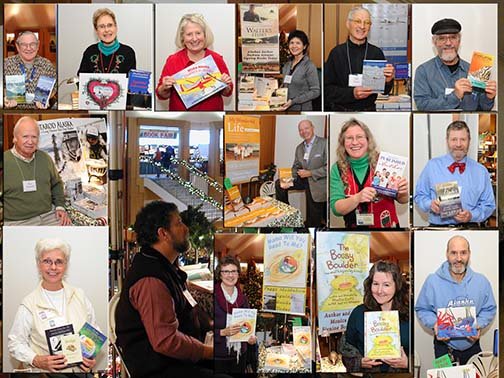



 Mosquito Books has a new location in the Anchorage international airport and is available for signings with 21 days notice. Jim Misko had a signing there yesterday. His signing report included these words, “Had the best day ever at the airport . . ..”
Mosquito Books has a new location in the Anchorage international airport and is available for signings with 21 days notice. Jim Misko had a signing there yesterday. His signing report included these words, “Had the best day ever at the airport . . ..”


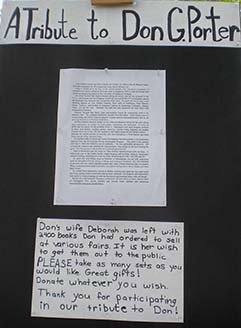
 The Lyin Kings: The Wannabe World Leaders
The Lyin Kings: The Wannabe World Leaders
 Time and Tide
Time and Tide


 ReadAlaska 2014
ReadAlaska 2014 Readerlink and Book Signings
Readerlink and Book Signings
 2014 Independent Publisher Book Awards Results
2014 Independent Publisher Book Awards Results

 Bonnye Matthews Radio Interview
Bonnye Matthews Radio Interview
 Rick Mystrom Radio Interview
Rick Mystrom Radio Interview When he published those overseas blogs as the book The Innocents Abroad, it would become a hit. But you couldn’t find it in bookstores.
When he published those overseas blogs as the book The Innocents Abroad, it would become a hit. But you couldn’t find it in bookstores. More NetGalley
More NetGalley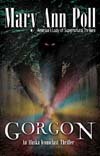 Mary Ann Poll
Mary Ann Poll
 Bumppo
Bumppo
 Computer Spell Checkers
Computer Spell Checkers Seven Things I Learned From a Foreign Email
Seven Things I Learned From a Foreign Email 2014 Spirit of Youth Awards
2014 Spirit of Youth Awards Book Signings
Book Signings

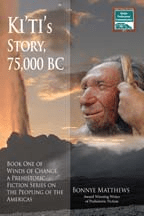
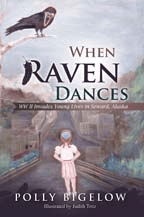 Blog Talk Radio
Blog Talk Radio Publication Consultants Blog
Publication Consultants Blog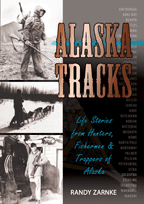 Book Signings
Book Signings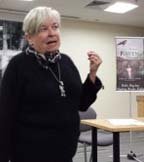

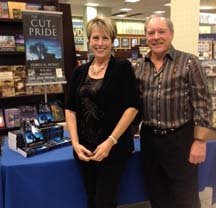

 Don and Lanna Langdok
Don and Lanna Langdok Ron Walden
Ron Walden Book Signings Are Fun
Book Signings Are Fun Release Party Video
Release Party Video
 Erin’s book,
Erin’s book,  Heather’s book,
Heather’s book,  New Books
New Books